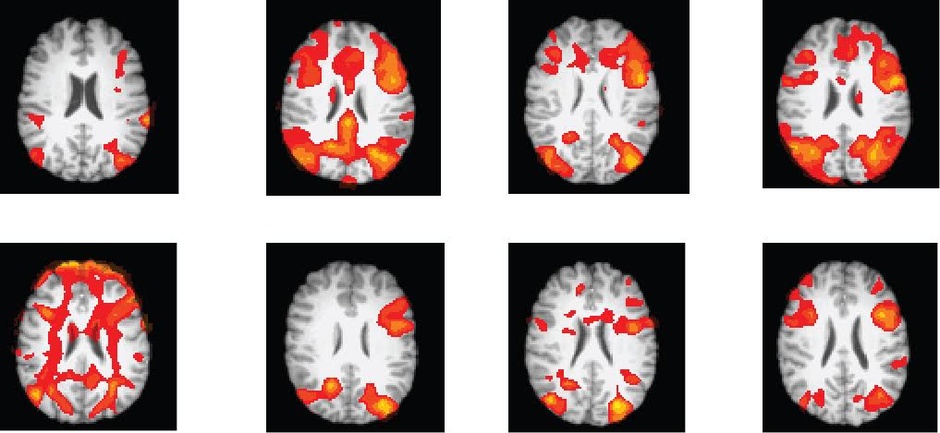By Drew Bush
City planners often use socioeconomic data collected in surveys to determine neighbourhoods that might benefit from improved services. Yet such types of data can have a significant margin of error, especially when they’re collected from a relatively small group.
“Especially if you want to look at a small subset of the population—say, kids under 5 who are living in poverty—the uncertainty level is just huge,” Amy Griffin, a senior lecturer in the School of Physical, Environmental, and Mathematical Sciences at Australia’s University of New South Wales told CityLab’s Laura Bliss last November. “A lot of times, people are making decisions based on highly uncertain census data.”
Her research looks at how different kinds of visualizations can affect decision-making, with an emphasis on understanding the cognitive processes behind the use of maps. Still others in her field are engaged in understanding how the human brain engages with maps in order to improve map-making and the role it plays in municipal governance.
Some in the field study neuroscience from the uniquely geographical perspective of how the human brain reacts to maps with differing standards, visual cues and rules. Sara Irina Fabrikant, head of the Geography Department at the University of Zurich, dedicates her time to understanding how users make inferences from the design elements on a map, and how mapmakers might then design maps that convey data more clearly.
For example, in experiments she conducted to compare a NOAA (National Oceanic and Atmospheric Administration) mass-media weather map versus one of her own design, she found design elements could be used to simplify confusing variables and help users better understand characteristics like wind pressure. Her map included well-defined contour lines for wind pressure and less emphasis on temperature colors.
“Are our rules really good ones?” Fabrikant told CityLab. “If so, how? If they’re not, how can we improve them?”
Amy Lobben, head of the Department of Geography at the University of Oregon, asks a different question. She wants to know what neurological processes are at play as individual brains perform map-related tasks. Her possible goal: to create a map that plays off a given person’s cognitive strengths and weaknesses.
“You could potentially design a map that works with individuals’ innate abilities,” she told CityLab.
If you have thoughts or questions about the article, get in touch with Drew Bush, Geothink’s digital journalist, at drew.bush@mail.mcgill.ca.
